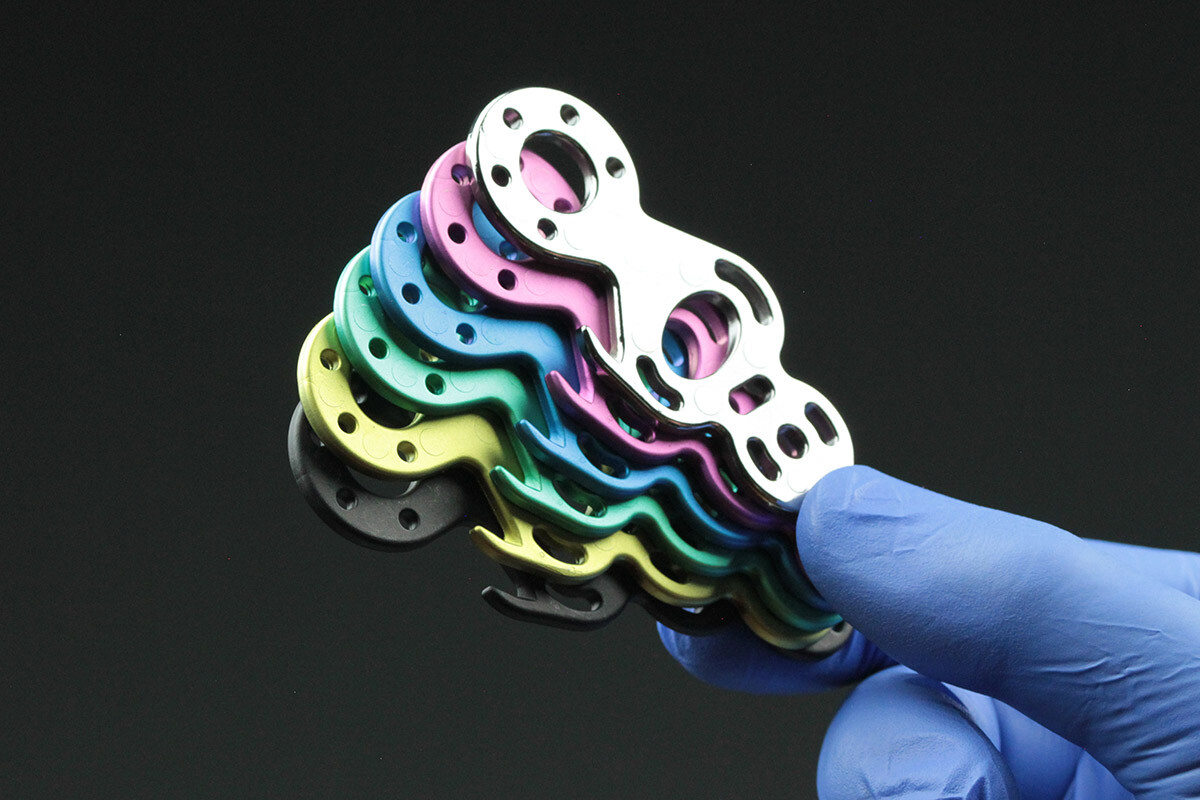For any questions,
please contact us at
Surface Finish & Treatment
The surface finish of products manufactured with Powder Metallurgy (PM) technologies are different then products made with traditional methods.
After sintering, the spherical powder particles are still somewhat present as can be seen in this image.
The surface of parts made by Ti PM technologies is influenced by several factors like powder particle size, sintering temperature, binder system and manufacturing technique. The surface finish can be altered by post sintering process steps like bead blasting, mechanical polishing, brushing, tumbling, electro-polishing and others. It is important to understand your expectations in regards to the surface finish at the beginning, so we can help finding the best manufacturing route and avoid costly surface finish steps when possible.
Titanium can be anodized to achieve several cosmetic effects like coloring. Anodizing is an electrolytic passivation process that increases the thickness of the natural oxide layer on the surface of Titanium. It can also create thick porous coatings that can absorb other material or thin transparent coatings that add interference effects to reflected light. The anodizing process also increases the surface hardness, corrosion and wear resistance.
The surface hardness also be hardened by Oxide Diffusion Hardening (ODH) or Nitride Diffusion Hardening (NDH). The techniques allow allying a surface hardness of over 1000 HV on the outer surface that gradually reduces towards the inside.
